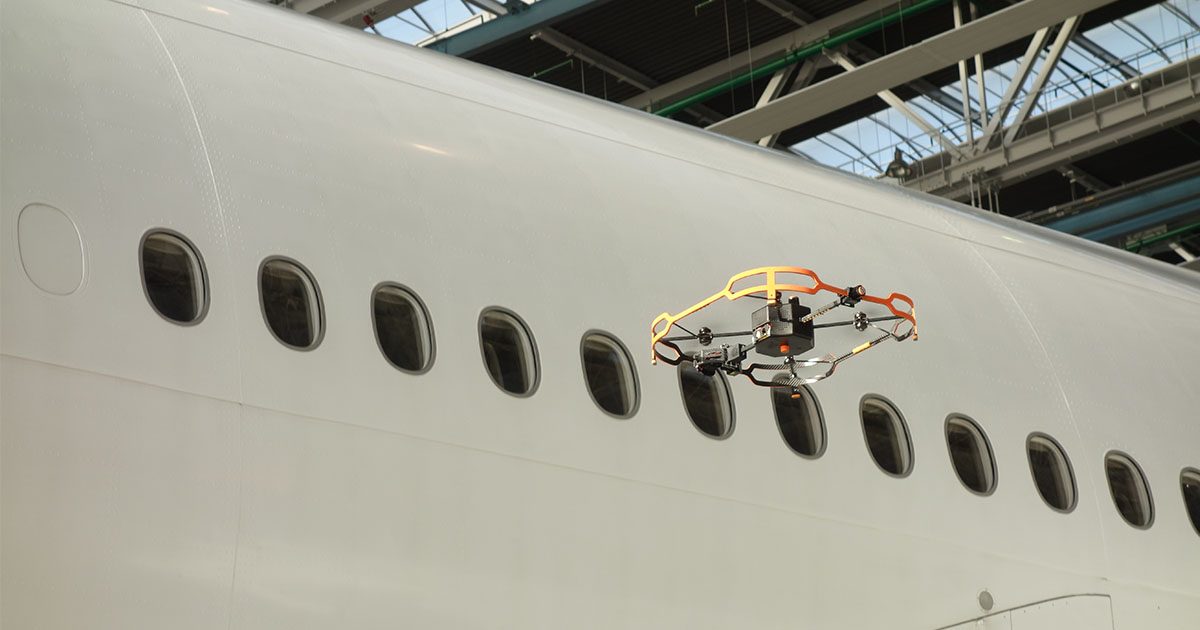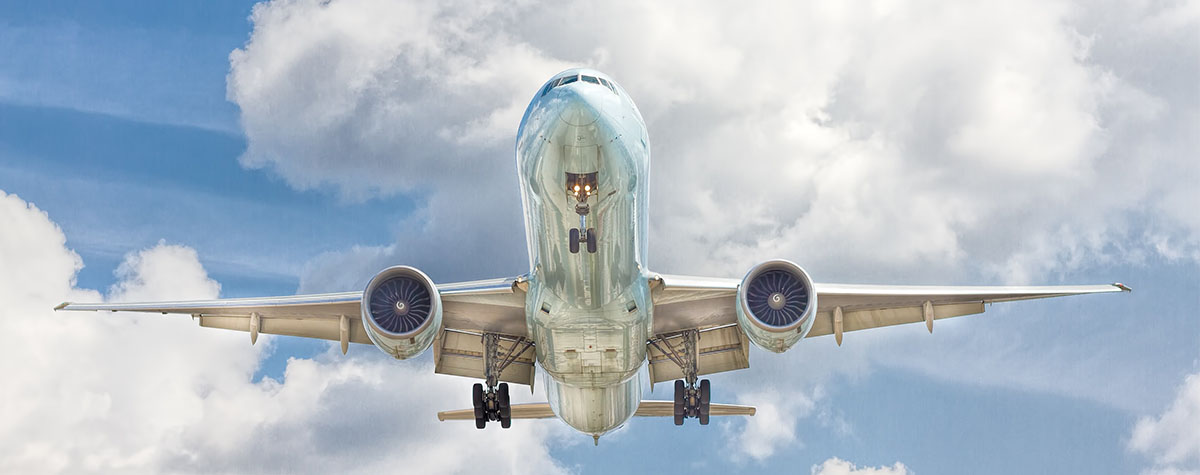End-of-lease checks: easier said than done
Anyone who’s already experienced an end-of-lease check knows that this is a stressful process. The only thing you usually know is that there will be delays. Negotiations and that the meter is running during the whole time.
An MRO inspector recently shared a list of about 50 items to be dealt with in order to lengthen the process. How could it be otherwise when such an amount of money is at stake, and, not the least, safety and compliance with regulation as well?
The lessee on his side wants to minimize costs as much as possible while the lessor on the other side wants to make the process as meticulous as possible to present the most appealing aircraft to his next customer, and thus charge for any suspicious item. And who stands in the middle of this transfer process? The maintenance teams, whether independent MRO or part of the airline.
An article from MRO Network based on the latest IBA’s Market Updatestates that “Leasing continues to increase in importance, and lease duration will influence the volume of transition checks.” Mike Yeomans [IBA’s head of valuations], says in 2019 only about 500 narrowbody leases have ended annually in recent years, but IBA expects this pace to increase. If these leases are not extended, that would put pressure on MROs and airlines alike. “Return checks could face delays, and late redelivery penalties may become more common,” says Yeomans.
In this context, there will be even more pressure on maintenance centres to absorb the volume of end-of-lease checks whilst the risk of penalty fees will increase.
Optimizing end-of-lease procedures for both the operator and the lessor
Having an objective status of the external surface of the aircraft at the start of the lease and being able to compare it to the status of the plane at re-delivery is useful for all stakeholders. And automatic drones can do just that.
Donecle’s automatic drone solution can acquire high-resolution images of the entire aircraft surface in a fraction of the time it would take inspectors. Predefined flight plans for each aircraft type enable extensive coverage, precise localization of findings and direct over-time comparison. When used regularly, the drones are able to build a digital history of the aircraft’s skin, from nose to tail.
The time-stamped visual data can be accessed via a cloud platform along with the digital reports containing the objective mapping of potential damages and cosmetic issues. These are the keys for comparing and analysing the evolution of the structure and to being able to quickly determine the status of the aircraft. The data owner can also share all or part of the findings with other stakeholders.
All along the lease period, pictures and data can be benchmarked with the ones captured at the start of the lease and then help to adapt the maintenance planning to make sure the return conditions are met, being integrated into the maintenance activities. This helps ensure that the aircraft is consistent with its status at the beginning of the lease, avoiding bad surprises during the end-of-lease check for everyone.
Aircraft inspection thanks to Donecle’s automated drone is also much quicker than when performed with traditional methods and helps to better plan repairs tasks; this reduces significantly the maintenance time, thus contributing to optimising transition check planning and hangar slots availability.
Both the operator and the lessor now have tools to give a fully transparent and objective history of plane status and evolution, ensuring a clean and quick check and the best aircraft for the next airline.
Let’s make end-of-lease more efficient!


